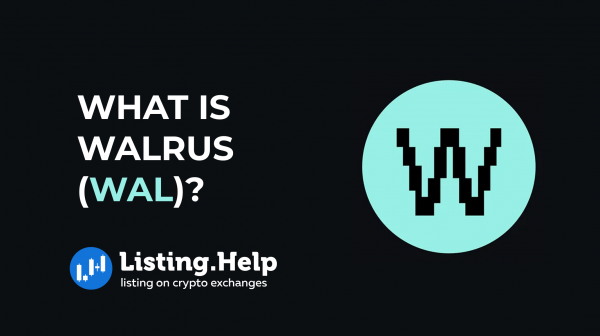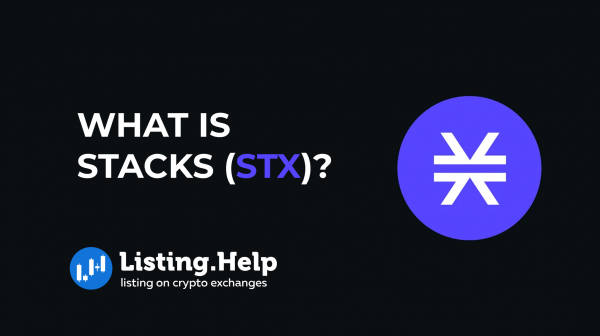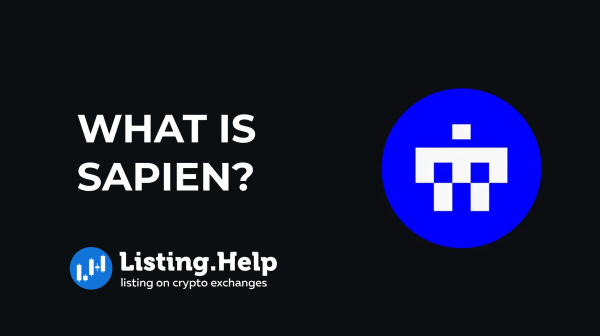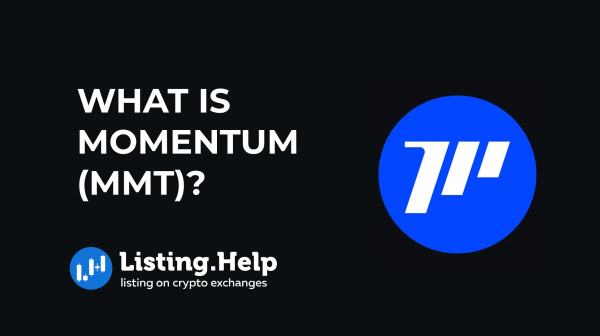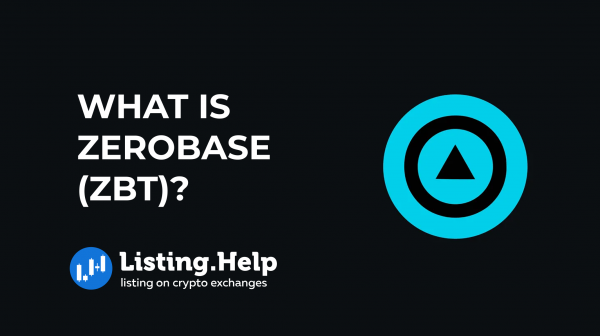What is NEAR Protocol?
 September 18, 2024
September 18, 2024 Updated: January 26 2025, 07:10
Updated: January 26 2025, 07:10
LEAVE A REQUEST
Launching your own token project? Our experts are ready to help with listing on exchanges, market making, marketing and other solutions
SUBMIT APPLICATIONAs cryptocurrencies and blockchain technology gained traction, Bitcoin, Ethereum, and similar networks encountered issues with scaling due to rising demand. The growing use of decentralized applications (DApps) and non-fungible tokens (NFTs) has made these limitations more apparent, especially on Ethereum. High traffic often leads to increased gas fees and transaction costs, discouraging both users and developers.
What is NEAR?
NEAR Protocol is a layer 1 blockchain designed to address these scalability issues by using sharding technology. It relies on smart contracts and a Proof of Stake (PoS) consensus mechanism to secure its network. Created by the NEAR Collective, it was co-founded by Alex Skidanov and Illia Polosukhin in 2020. NEAR aims to function as a decentralized, community-powered cloud infrastructure for hosting DApps.
The platform provides a variety of programming tools, languages, and cross-chain compatible smart contracts to assist developers in building applications. NEAR offers a more user-friendly experience with features like human-readable account names, as opposed to the complex cryptographic wallet addresses found on many other platforms. The network’s PoS design also earned it the Climate Neutral Product Label in 2021 for being carbon neutral. While many teams are working on scaling solutions, NEAR is primarily focused on overcoming these challenges through sharding.
The NEAR Token
NEAR Protocol has its own cryptocurrency, the NEAR token, which powers transactions on the network and rewards validators and developers. With a capped supply of 1 billion tokens, they are distributed through token sales, mining, and as incentives for validators. NEAR token holders can engage in the network’s governance by voting on proposals aimed at improving the system. Additionally, developers can leverage NEAR to create DApps and accept it as a form of payment for their services.
How Does NEAR Protocol Work?
NEAR Protocol integrates several technologies to stand out among blockchains that support smart contracts, such as Ethereum, EOS, and Polkadot. These features aim to boost the platform’s overall performance.
Nightshade Sharding
Nightshade is NEAR’s key innovation. It’s a sharding method that enhances transaction processing. Sharding breaks up transaction workloads, distributing them across multiple validator nodes. This allows each node to handle a smaller portion of the network’s activities, enabling a higher throughput of transactions per second (TPS).
On NEAR, the Nightshade system utilizes both block producers and validators to manage data processing in parallel, across multiple shards. Each shard contributes to the formation of a block by generating a chunk, representing a portion of the block. These chunks are processed and finalized on the NEAR blockchain.
Theoretically, this system enables NEAR to handle millions of transactions per second without straining performance. The protocol can dynamically adjust, splitting or merging shards based on traffic and network load. When demand is high, the number of active nodes increases to maintain efficiency and keep transaction fees low.
Validators on NEAR don’t rely on the size of their stake to secure the next block. Instead, NEAR uses a system called Thresholded Proof of Stake (TPoS). This operates like an auction, where potential validators submit their stake offers via a signed transaction. The system determines a minimum threshold for each epoch (a 12-hour period), and validators who meet or exceed that threshold are selected to participate, with their chances increasing based on the amount staked.
Rainbow Bridge
The Rainbow Bridge allows assets like ERC-20 tokens, stablecoins, wrapped tokens, and NFTs to move between Ethereum and NEAR. This gives users and developers access to NEAR’s lower fees and faster transaction speeds.
Completely decentralized and permissionless, the Rainbow Bridge lets users transfer assets between the two chains using wallets like MetaMask and NEAR Wallet. Tokens are first deposited into an Ethereum smart contract, and since direct transfers between blockchains aren’t possible, the tokens are locked on Ethereum, while corresponding tokens are minted on NEAR. This ensures the total supply remains constant across both networks.
Transactions on NEAR typically settle within 1-2 seconds and cost less than $1. However, transferring assets back to Ethereum may take longer and cost more, depending on Ethereum’s traffic and gas fees at the time.
Aurora
Aurora is a layer-2 solution built on NEAR, designed to provide developers with an Ethereum-compatible platform while offering lower transaction costs. Aurora claims to handle thousands of transactions per second with block confirmation times of approximately 2 seconds.
Aurora consists of two parts: the Aurora Engine and the Aurora Bridge. The Aurora Engine is an Ethereum Virtual Machine (EVM) that runs on NEAR, meaning it is fully compatible with Ethereum. Developers can use their existing Ethereum tools without needing to adjust their applications for NEAR. The Aurora Bridge, similar to the Rainbow Bridge, facilitates the movement of smart contracts and ERC-20 tokens between Ethereum and NEAR. Additionally, users can pay transaction fees on Aurora using ETH.
The NEAR Protocol Ecosystem
The NEAR Protocol ecosystem consists of several interconnected components aimed at building a scalable and secure blockchain framework. At its core is the NEAR protocol itself, engineered to enhance blockchain performance and address the challenges seen in older blockchain systems. By utilizing sharding technology, NEAR distributes the network’s workload across several parallel chains, significantly boosting both speed and scalability.
The ecosystem also provides a range of developer tools and resources. For instance, the NEAR Software Development Kit (SDK) and Near Studio, an online platform for development, simplify the process of creating decentralized applications (dApps) on the NEAR network.
Within the ecosystem, there are already several functioning dApps. Mintbase, a platform for creating and trading non-fungible tokens (NFTs), and Paras, an NFT marketplace, are two prominent examples. Furthermore, NEAR promotes interoperability with other blockchains, enabling users to seamlessly interact and carry out transactions across different networks.

For more insights and updates on the crypto world, don’t forget to check out our blog at Listing.Help




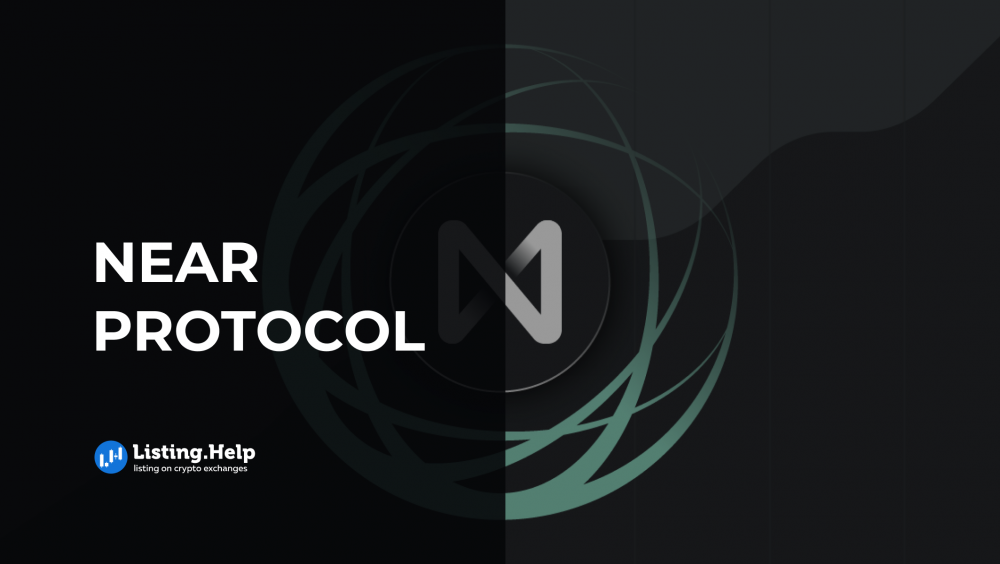

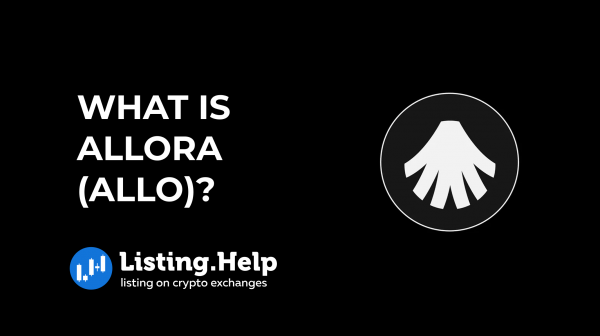
 December 29, 2025
December 29, 2025 
